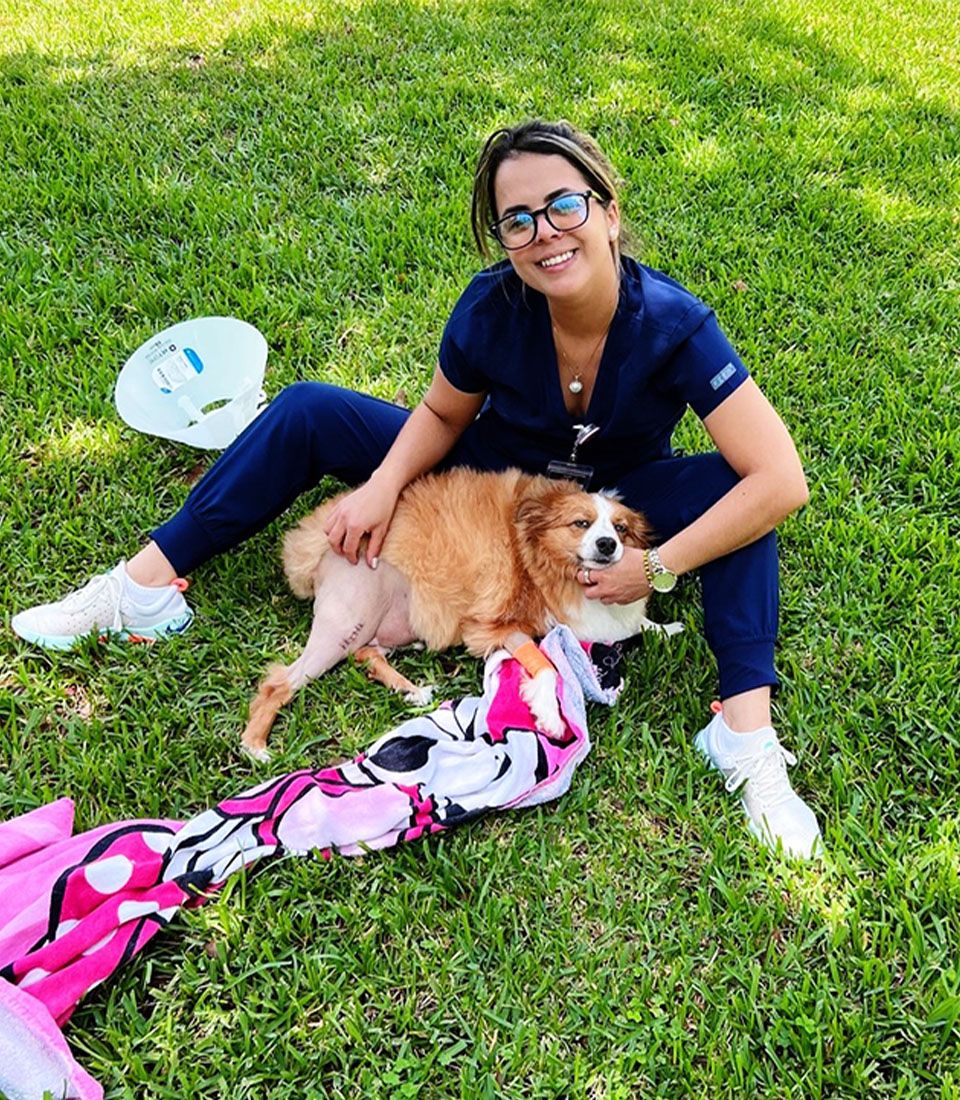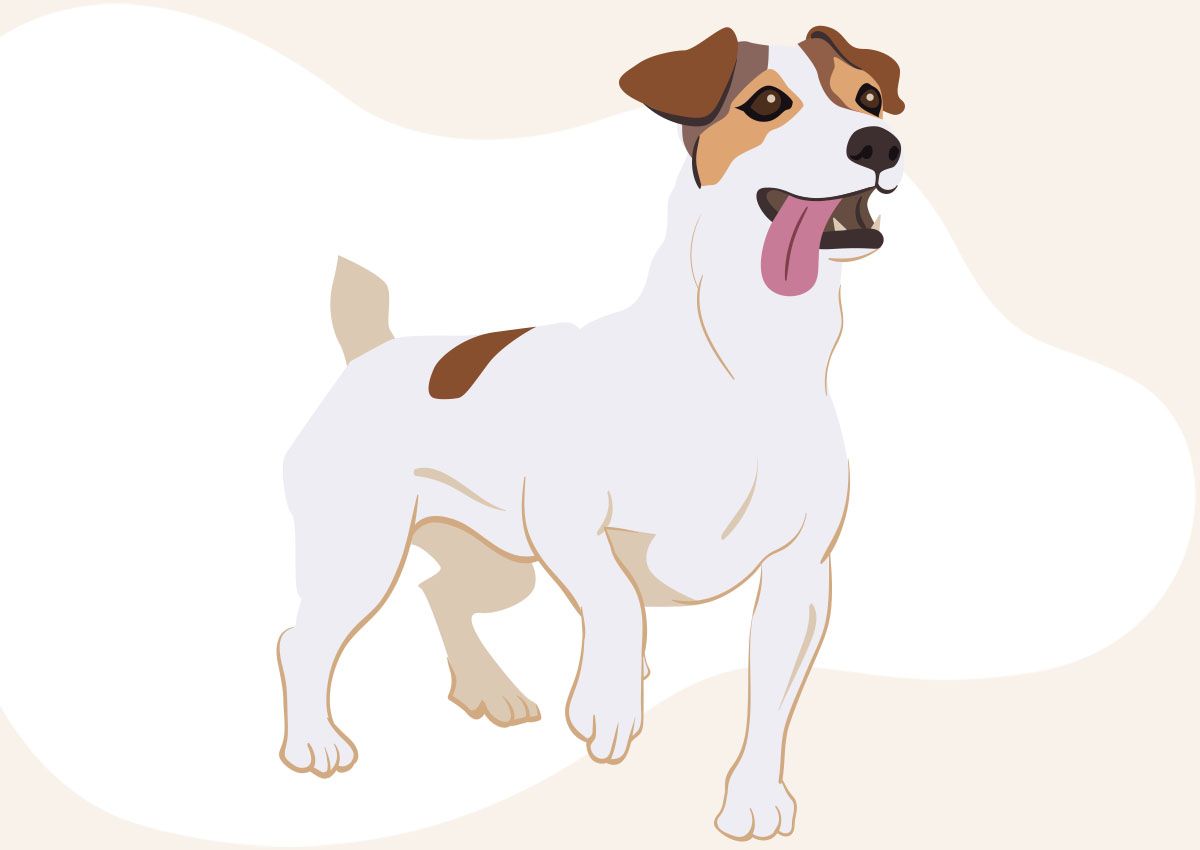
ACL Injuries In Pets
The cranial cruciate ligament (CCL) is present in both dogs and cats and functions similarly to the human ACL. When the CCL ruptures, it can cause limping and severely limit a pet's mobility. Unlike human ACL injuries that occur from sudden trauma, a pet's ACL rupture may occur gradually from repeated physical activity. Dogs are more susceptible to this injury than cats, and overweight pets are at a higher risk due to the added stress on their joints.
Does My Pet Need ACL Surgery?
It's essential to address ACL injuries in pets quickly, as they can cause significant discomfort and limit mobility. In most cases, surgery is recommended to stabilize the knee, alleviate pain, and prevent further damage. To determine the extent of the injury and whether surgical care is necessary, the vet will use diagnostic tools such as x-rays. If you've noticed any concerning signs of an ACL injury in your pet, it's important to schedule a veterinary appointment promptly. Your dog may have an ACL injury if you notice any of the following signs:
Limping in the hind legs
Joint stiffness, particularly when resting
Laying with one leg extended
Difficulty jumping or getting up
A clicking sound in the dog's knee



